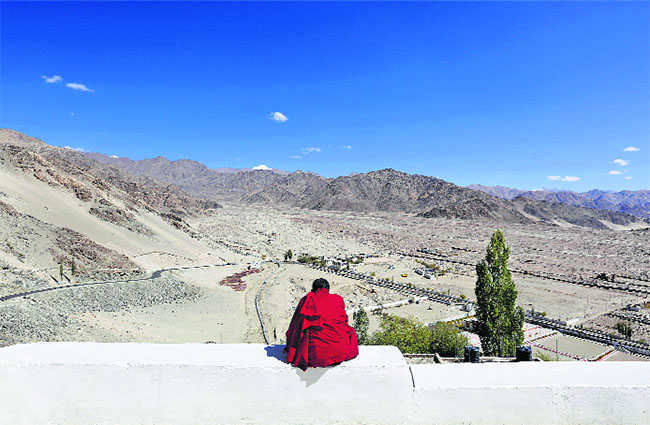
Photo for representational purpose only. - File photo
New Delhi, May 30
A study has arrived at a conclusion that the cold desert of Ladakh saw a period of monsoon-type rainfall for almost 900 years some 17,000 years ago.
The study found that the cold, arid climate influenced by westerly circulation reigned for almost 8,500 years in Ladakh. “Westerly” being the type of rain-carrying winds.
The study says a “short wet phase” occurred for 900 years (17,400 to 16,500 years ago) within the dominant westerly period. “A cold arid period was followed by strong monsoon period and subsequent weakening monsoon phase with enhanced El Nino activities,” the Department of Science and Technology said, citing a study by the Birbal Sahni Institute of Palaeosciences. The study has used sediment deposits recovered from ancient lakes in the Indus river valley in Ladakh to retrace climate changes. “Records from lake sediments of the Indus river valley in Ladakh help reconstruct climate variation,” the study said. The study sampled sediments from 18-metre-thick sediments at an altitude of 3,287 metres (10,784 feet) and carried out laboratory analysis of the samples.
Join Whatsapp Channel of The Tribune for latest updates.




























